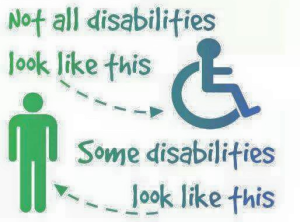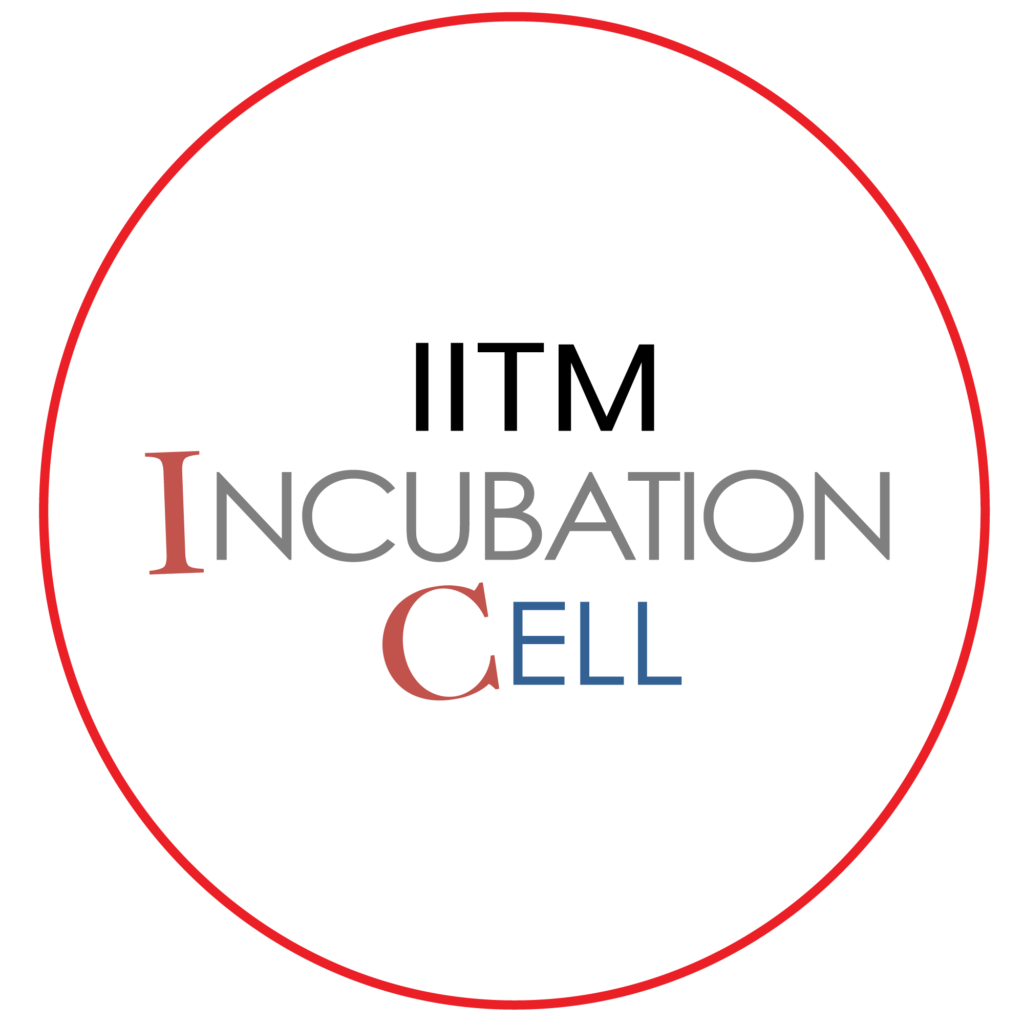Note: This introduction module is not part of the course structure but has been added to set the right perspective on Disability before moving into understanding Assistive Technology. Disability sensitization is ideally an interactive face-to-face exercise that enables understanding of Disability as a human element as inclusive of diversity and not as a subject of study. Here, through videos and a few activities, we believe that the objective will be similarly achieved.
Understanding Disability
Our diverse society is known for its community of people belonging to varying genders, sexual identities, social and economic backgrounds and cultural choices. Each of us have unique identities that reflect who we are, what we aspire to be, making it distinct from person to person. These identities are either assigned by us or labelled by others.
Activity: Perceptions and Identities
Disability Etiquette
4 Min Watch
- Most often, the barriers to inclusion for Persons with Disability are the society’s attitudetowards them. This may include the language, stigma and non-verbal communications that make a person feel marginalized.
- Disability Etiquette refers to the interpersonal manners and behaviours we should adopt to make a Person with Disability feel included.
- Here are a few resources to help you self-reflect on social behaviours which encourage accepting differences and enable inclusion.
- https://disabilityin.org/resource/disability-etiquette/
Models of Disability - The paradigm shift
- It is important to look at the person before his/her disability. Disability is not who the person is, but what the person becomes, because of barriers like people’s attitudes and inaccessible system and infrastructure.
- Over time, there has been a paradigm shift in the way people perceive disabilities. From viewing disability throughthe lens of charity to a medical condition, where the focus was on fixing or curing the person and now to a social model – which distinguishes impairment and disability and identifies societal attitudes and elements of exclusion as the reasons for disabling the person.
- Disability within the social model is defined as the result of an interaction between the impairment of a person with environment barrierswhich stops the person from participating and contributing on an equal basis with others.
- As enablers of the Disability community, it is important for us to understand the‘Social model of Disability’. Here is a shortmovie that breaks down this concept in a simple manner.
2 Min Watch
Invisible Disabilities
- The first activity in this module had a statement on Autism.How did you identify the Person with Autism?
- Most of you might not have been able to identify the person with autism or even what autism is. This brings us to an important perspective on invisible disabilities.The image below conveys the message very clearly.

- Invisible Disabilities are those which are not apparently noticeable by others. These include challenges in vision, hearing, speech, movement, communication, learning, remembering, thinking, maintaining mental health and social relationships.
- There are many resources available to know more about invisible disabilities. Here is a short video on People with Invisible Disabilities sharing their lived experiences.
7 Min Watch
Independence v/s Interdependence
- Assistive Technology doesn’t just enablePeople with Disabilities to lead a better-quality life but also supports the family and caregivers who assist them.
- A caregiver or a personal attendant is a professional who assists a Person with Disability across their life span in carrying out daily activities. These can include providing support at home, work and anywhere else required.
- Depending on the level of support required, the role of a caregiver may range from a short span of time like a few hours, to a whole day, especially for people with high support needs. This is derived from a personalized care plan which is made in accordance with the individual’s needs.
- Assistive Technology provides enhanced support to the care seeker, by lowering the amount of time, effort, the difficulty of the activity and the safety risk, especially for activities that require physical effort.
When understanding the level of support which is required for Persons with Disabilities, it is vital to demystify the term ‘independence’. The profession of caregiving or Assistive Technology pulls us into thinking that only People with Disabilities are dependent in compared to the non-disabled.
Here is a video of Disability rights activist Denise Lance questioning society’s emphasis on independence, especially for those with disabilities, in light of interdependence which points to the way of life.
6 Min Watch
Summary
People with Disabilities are people first. We cannotassume that people with similar disabilities have similar challenges and experiences. Like all of us, each Person with Disability is unique in their own ways. Now that you’ve developed an elemental understanding of Disabilities, let’s look at how we can look at it through the lens of Assistive Technology.
“Now that you have done few activities and watched some videos, let’s go back to the Course content and know more about Assistive Technologies”
Additional Resources
“Now that you have done this module let’s know more about Future of Assistive Technologies Industry in the upcoming module”
-
- Types of Disabilities: Check the video below for a quick glance on the different types of Disabilities.
- Cartoons of Dave Lupton, which engages Disability and its associated social and political attitudes through the lens of social model. Being a Person with Disability himself, he is a popular figure in the Disability Arts Movement. https://disabilityarts.online/magazine/showcase/30-years-with-crippen-a-showcase-of-cartoons-through-the-decades/ https://crippencartoons.com/
- Disability inclusive language: https://www.youtube.com/watch?v=ONQ9O_RF_iQ&t=1s


